This year marks a milestone – 195 years! – in the band’s history. Tracing its roots to 1829, The New Holland Band has endured and evolved over the years, making it one of the most successful community bands in the country.
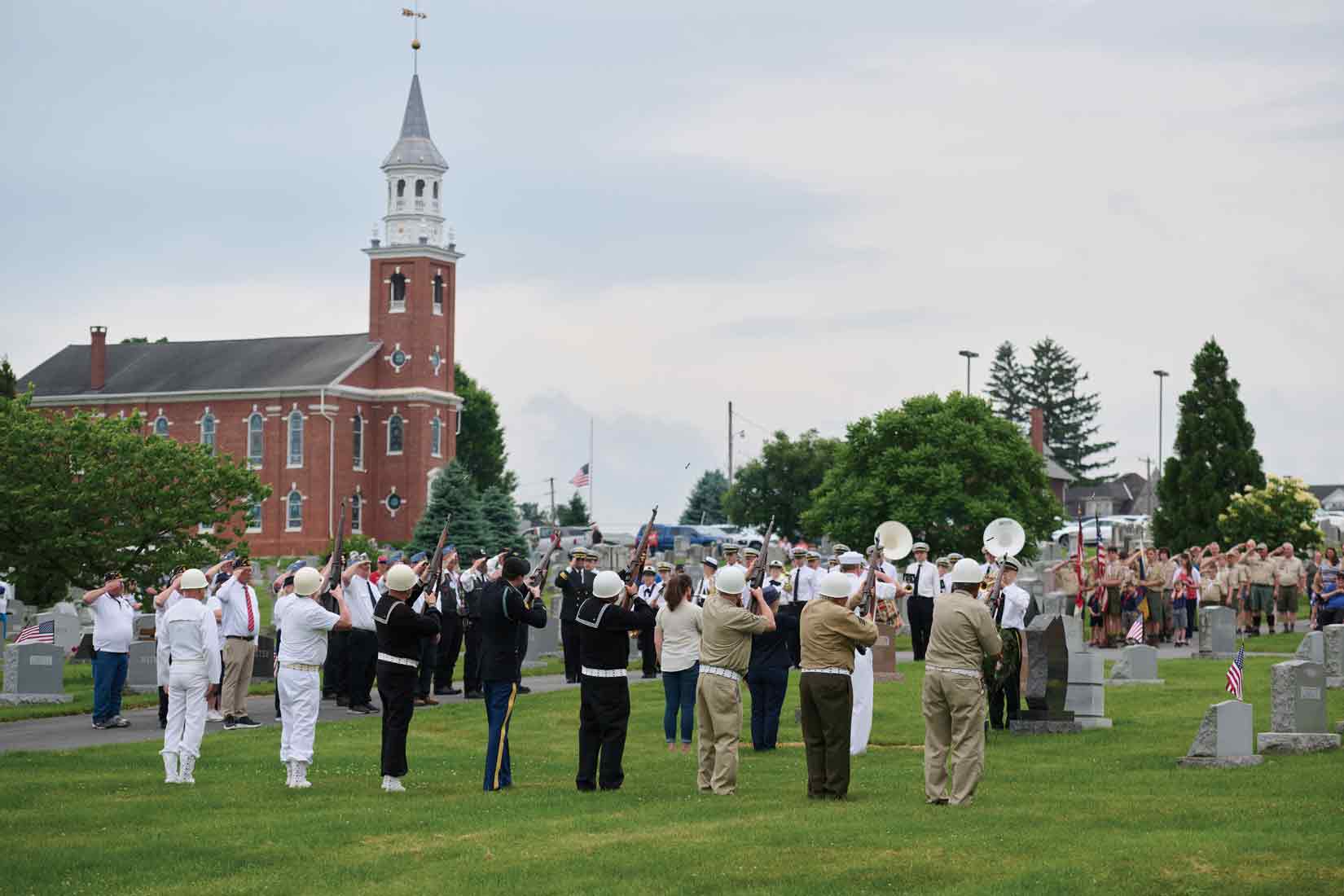
Eastern Lancaster County is home to a Memorial Day Pilgrimage that has been held since 1922. The event, a collaboration of The New Holland Band and the United Veterans Council of New Holland (New Holland American Legion, New Holland AMVETS and New Holland VFW), sees members of those groups, plus members of other organizations, as well as the public, honor the fallen and deceased military members at a dozen cemeteries and memorial parks in the area.
Jordan Bush has always associated Memorial Day with the Pilgrimage. “As a kid, I remember hearing Taps being played at the cemetery near my house early in the morning,” he says. “When I heard that, I knew it was Memorial Day.”
Community bands played an important role in the cultural development of America. For nearly two centuries they served as the sole form of entertainment in small-town America. As a result, they were a source of community pride and infused their audiences with patriotism. Such bands also provided an educational service, as they ultimately began performing the works of such masters as Mozart, Verdi, Beethoven and others. For many small-town residents, community band concerts represented their only opportunity to hear such music.
Rooted in Europe, community bands took their inspiration from diverse influences, including military and religious ceremonies. The Moravians are credited with bringing the band tradition to America, where their music – both secular and religious – became a vital part of the settlements they established.
One Moravian-related band that continues to perform can be found in Winston-Salem, North Carolina. Known as the Salem Band, it celebrated its 250th anniversary in 2022. Ironically, it is directed by Eileen Young, who honed her musical skills at Conestoga Valley High School in Lancaster County. Graduate school at UNC-Greensboro allowed her to become involved with the band she grew up hearing about. She made history by becoming the first woman to serve as the band’s director.
Young follows in the footsteps of the 15 settlers who traveled from Pennsylvania to the Piedmont area of North Carolina to establish a settlement. According to an article in Our State magazine, the lack of music was an immediate concern and the settlers made it a priority to begin collecting instruments, even ordering them from Europe. The resulting band played ahead of religious services and funerals, and even serenaded people on their birthdays. The band welcomed George Washington to the settlement in 1791.
Music was also important to the Moravian settlement at Lititz. According to the congregation’s website, its continued importance and historical connection are maintained through voice and instrumental choirs, a contemporary praise band and a symphony orchestra.
Military-style bands reemerged during the Civil War. Many community bands would volunteer their services to military regiments, providing uplifting music and even assisting the medics during battle. At the height of the war, it was estimated that at least 500 such bands were associated with Union forces.
Once the war concluded, musicians returned to the task of entertaining their communities. The Golden Age of community bands is considered to be the period of 1875 to the early 1900s. For example, in 1889, it is estimated that 10,000 such bands existed. Laws were even enacted in more than two dozen states that allowed taxes to be put in place that would ensure the continuation of community bands. The era also saw a rise in participation in fraternal, civic and industrial bands. Conductors also grew in prominence, with many – such as John Philip Sousa – lending their names to bands.
The popularity of community bands saw a decline following World War I. The reason centered on the popularity of automobiles, as they allowed people to travel and seek other forms of entertainment beyond their communities. However, community bands experienced a resurgence in popularity during World War II, as they helped to boost patriotism.
Following the war, fears that community bands would finally be relegated to history books emerged. However, history and music education actually helped to spur renewed interest. During the Bicentennial (1976), a criterion for being named a Bicentennial City included the existence of a community band. Subsequently, another positive element emerged thanks to the music programs that existed in American schools and colleges. For those who pursued careers outside of music, many discovered community bands as a way to stay connected to music. Music lovers also found camaraderie though becoming members of community bands.
Today, it is estimated that more than 2,000 community bands are in existence. They range in size from a dozen to well over 100 members. The Allentown Band, which was founded in 1828, is considered to be the country’s oldest civilian concert band in continuous existence. According to an article in the Allentown Morning Call, the proliferation of community bands in the Lehigh Valley is credited to the lasting influence of Bethlehem’s Moravian congregation. In Lancaster County, community bands are associated with Rohrerstown (dating to 1840s, chartered in 1893), Bainbridge (1896), Lititz (whose community band is an outgrowth of the Cadet Band, which was formed in 1930), Lampeter-Strasburg (1992) and, of course, New Holland.
New Holland
In 1829, a group of the town’s musicians formed a band with the intent to play for the 51st Regiment of the Pennsylvania State Militia. The founding date makes New Holland the second-oldest community band in the country.
By 1842, the 15-member band was known as the New Holland Village Band. It was an era when valved brass instruments were introduced and New Holland was on trend as the band included one clarinet and one fife player.
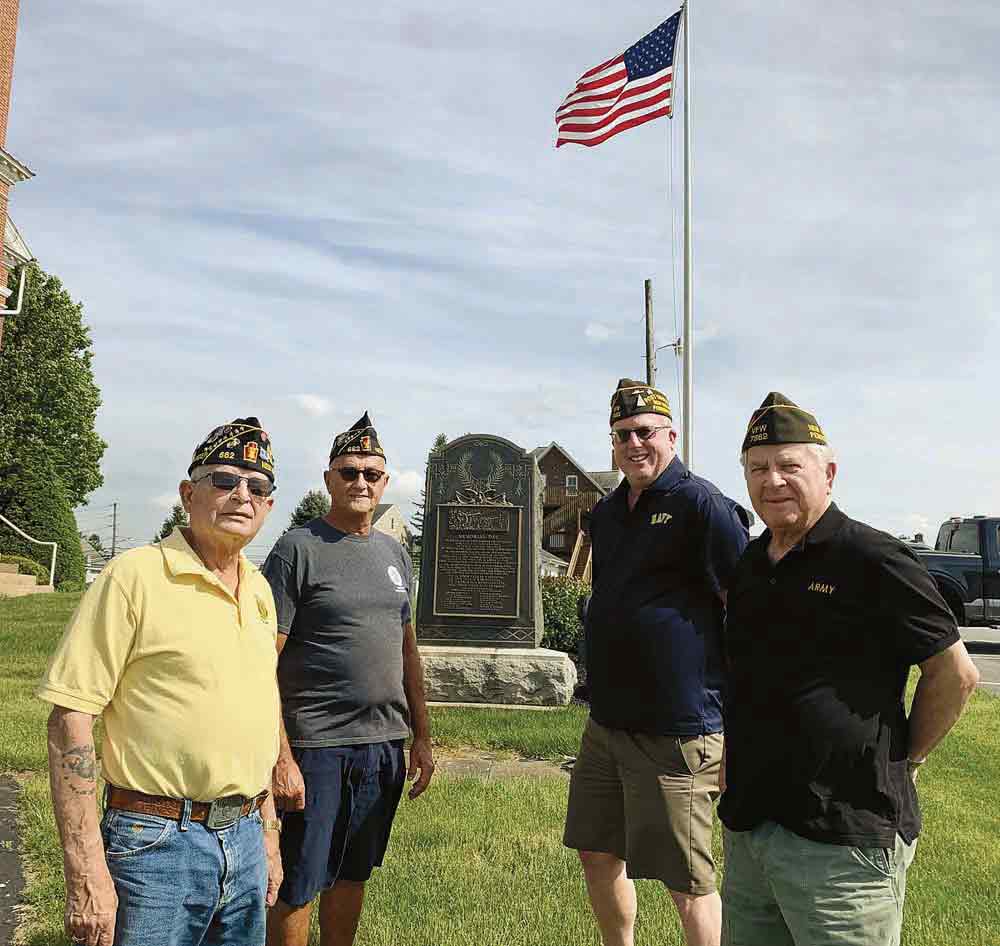
Members of the United Veterans Council of New Holland include: from left, Alan Noll, Ron Folker, Mike Martin and Lamar Martin. In the background is the Veterans Memorial, where the Pilgrimage ends with a ceremony. Photo by Ann Mead Ash, Townlively.com.
After a period of inactivity, the band was revived in 1856 and was associated with the Earl Infantry Company. It not only performed during military ceremonies but provided entertainment for community events. In 1858, it officially became known as the Earl Infantry Band.
As was customary during the Civil War, in 1864 the band’s members formed a regimental band to serve the 203rd Regiment of the Pennsylvania Volunteers. Members provided music for the troops and assisted medics during battle. Following the war, the band underwent several name changes and eventually became inactive.
One hundred years after its founding, the band was revived thanks to the efforts of the New Holland Lions Club. Known as the New Holland Boys Band, it enjoyed a successful run until 1936. The Lions Club again stepped up and championed efforts to reform a band during World War II, when promoting patriotism and providing entertainment to those supporting the war effort at home were needed. Known as the Victory Band of New Holland, its first performance was delivered on July 4, 1942. The new band reflected a change in direction for community bands, as it evolved from being a marching band and became more of a concert band.
In 1958, the band reorganized yet again, becoming known simply as The New Holland Band. Today it is comprised of 60-plus professional and amateur musicians – including high school and college students – and performs across South Central Pennsylvania and the Philadelphia area. It even counts Paris, France, as among its stops, as it played at the Eiffel Tower during a trip that took a delegation of New Holland residents to their sister city of Longvic in 1974. (The Sister City Charter was enacted in 1966.)
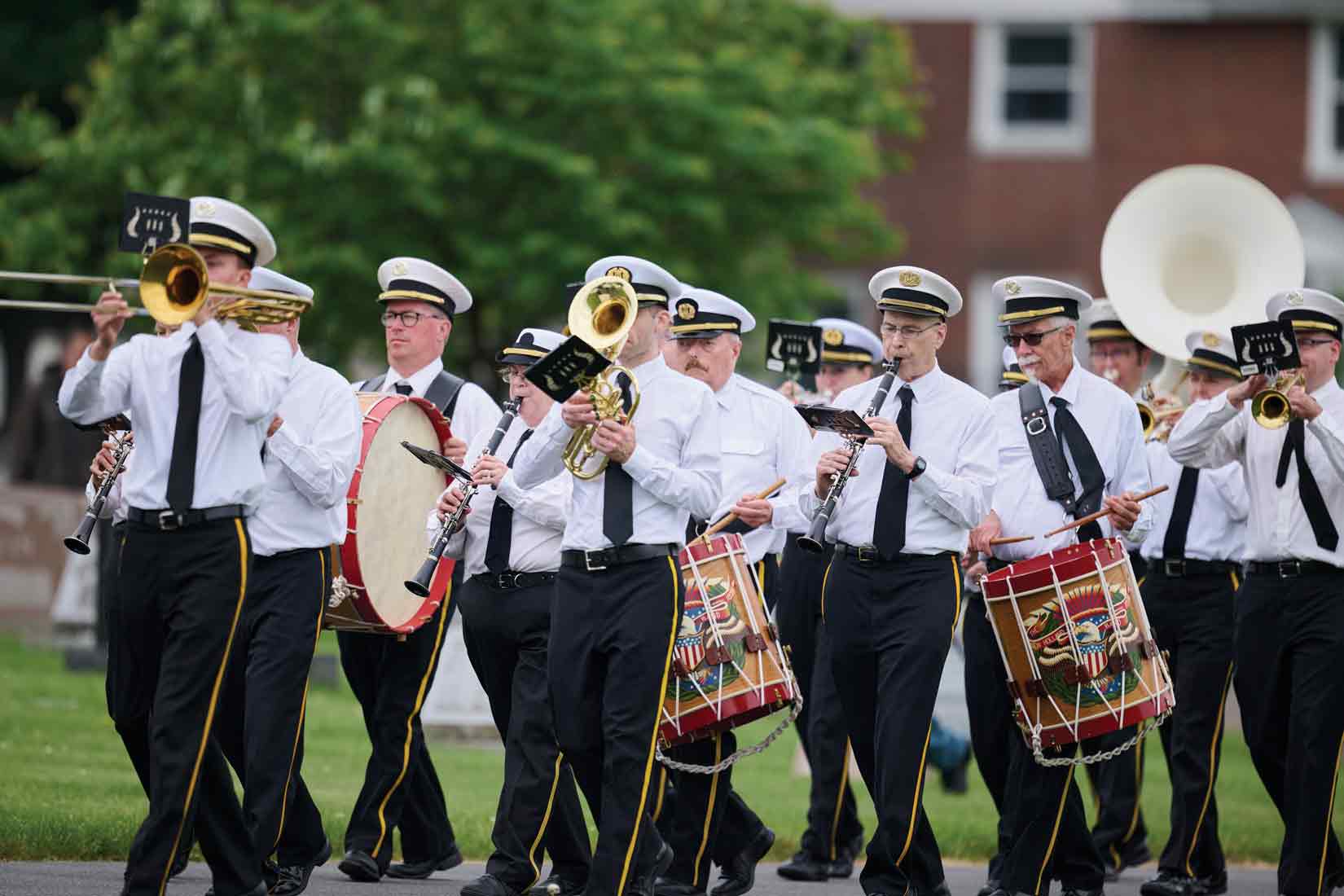
At each stop, a short ceremony is held at the gravesite of the last veteran to be buried in the cemetery. The morning-long event culminates at cemeteries associated with Trinity Lutheran and St. Steven’s Reformed churches in New Holland. A closing ceremony is then held at the Veterans Memorial.
Earlier this year, Fred Hughes became the band’s 12th musical director. His father was a member of the band, hence Mr. Hughes has a nearly lifelong association with it, officially joining as a member while in junior high school.
“I knew very early on that I wanted to be a musician and play in the band,” he recalls. His start with the band came at the age of 8, when he began pulling the bass drum during the Pilgrimage. “The mentorship I received from all of the musicians in the band was an invaluable part of my early music education. I am positive I would not have had an over-50-year career in music without that mentorship.” As for the responsibility of leading such an historic band, Fred relates, “It is an honor to be the twelfth director of this historic band and I’m excited to lead the organization into its next chapter.”
The New Holland Band also takes part in a poignant Memorial Day ceremony that has been held since 1922. Called the Memorial Day Pilgrimage, it’s a collaborative effort of the United Veterans Council (New Holland American Legion, New Holland AMVETS and New Holland VFW) and The New Holland Band. Every Memorial Day, representatives from each entity and other organizations, as well as members of the community, gather at 6:30 a.m. and then make their way to a dozen cemeteries and memorial parks in the area to pay homage to fallen and deceased military members. At each stop, a short ceremony is conducted at the grave of the last veteran to be buried in the cemetery. Meanwhile, other band members take part in the Memorial Day ceremonies that are held in Churchtown. Fourth of July is also a busy time for the band.
The New Holland Band also formed a swing band that performs at private events. In addition, it maintains a museum that is home to what many musicians consider to be one of the most impressive displays of community band memorabilia in the country. Located on the second floor of the New Holland Library, it was founded in 1980 by Arthur Futer.
Schedule
- July 3. Paradise Station, Ronks. 7:30 p.m.
- July 5. Community Memorial Park, 7 p.m.
- July 14. New Holland Car Show, Community Memorial Park
- July 25. Lancaster Lemonade Concert Series, Highland Presbyterian Church, 7 p.m.
- November 11. Thank You Veterans, Garden Spot Village, 7 p.m.
- December 6. Holiday Pops, DoubleTree Resort (Willow Valley), 6:15 p.m.
For more information, visit newhollandband.org.
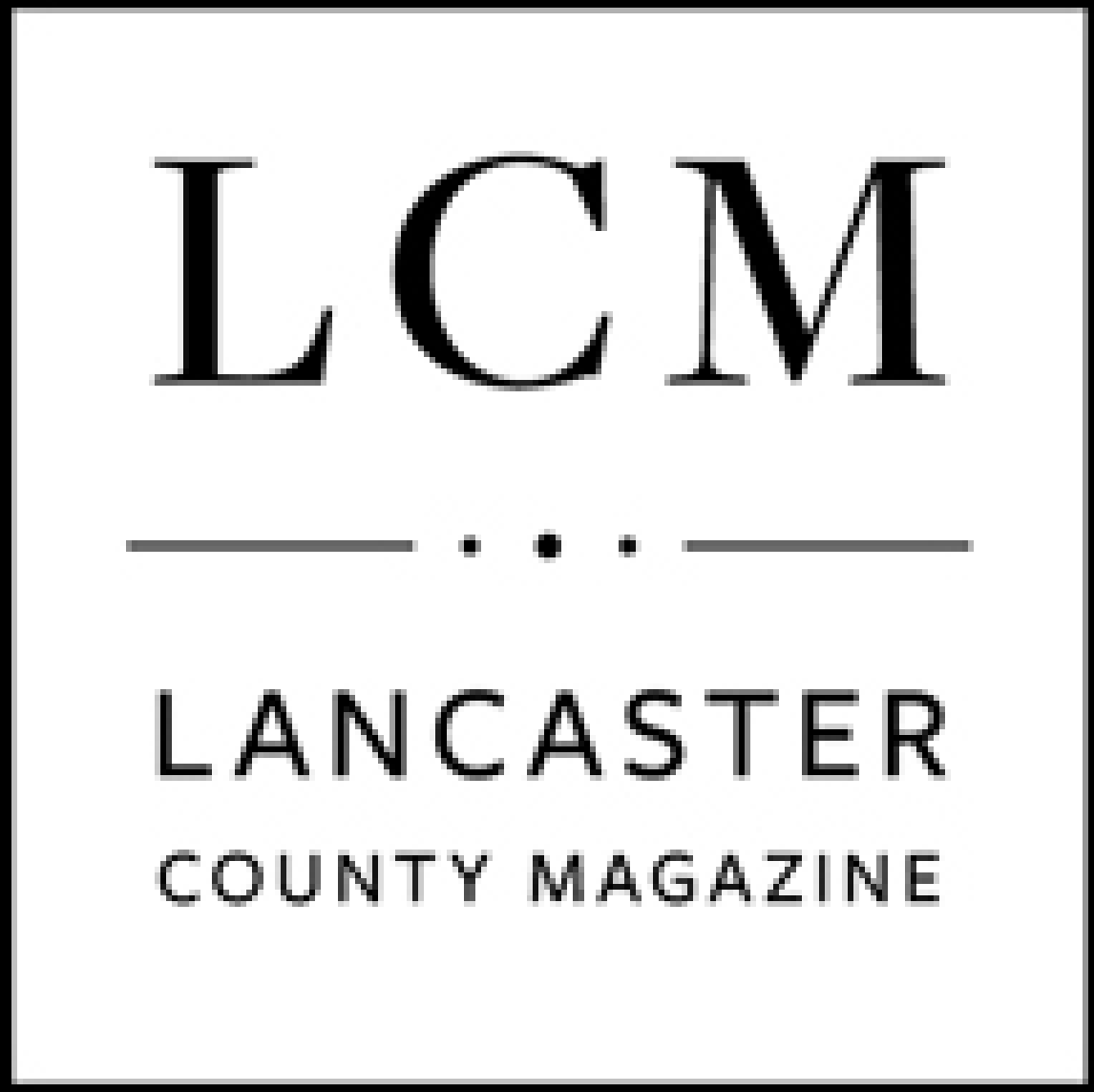
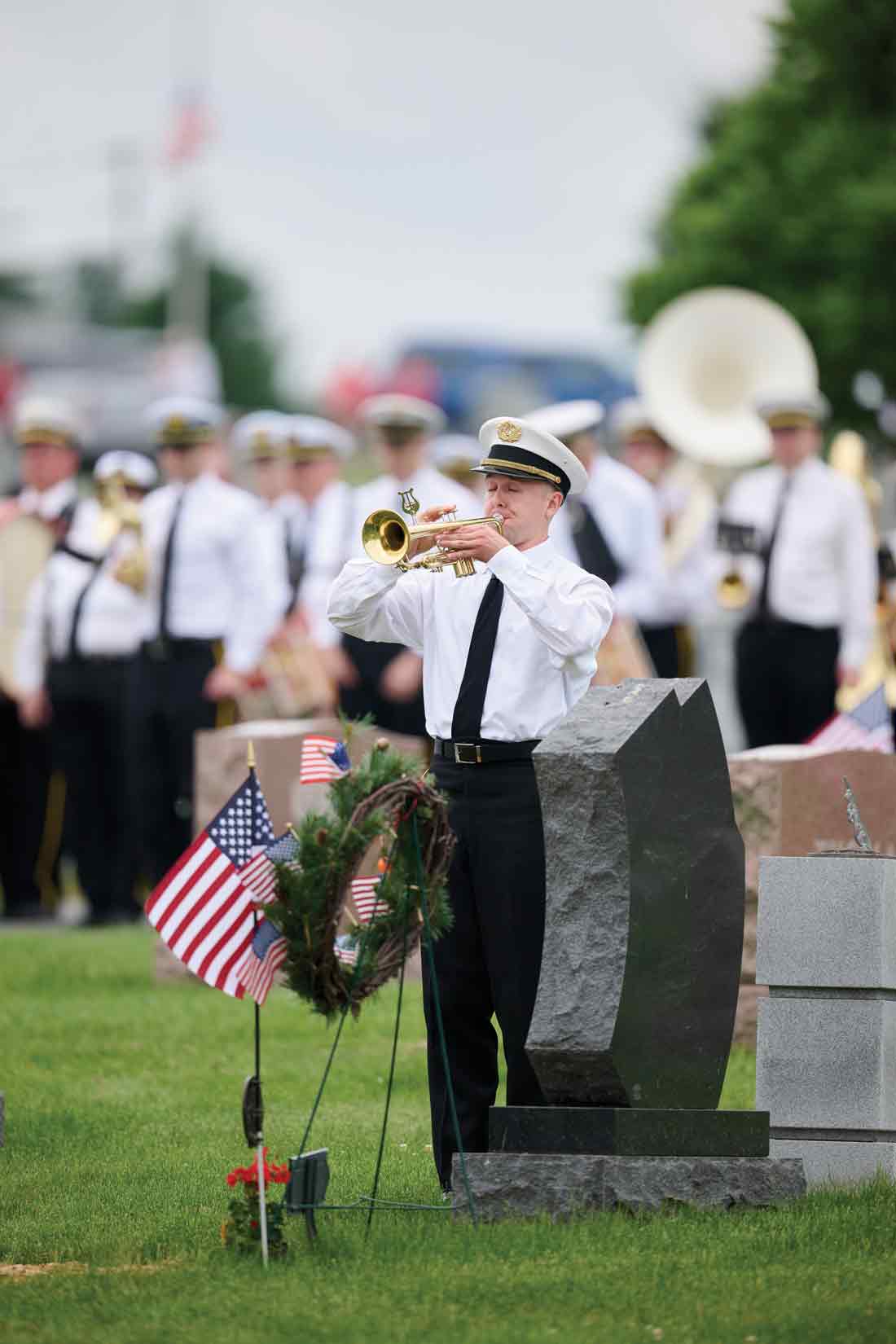
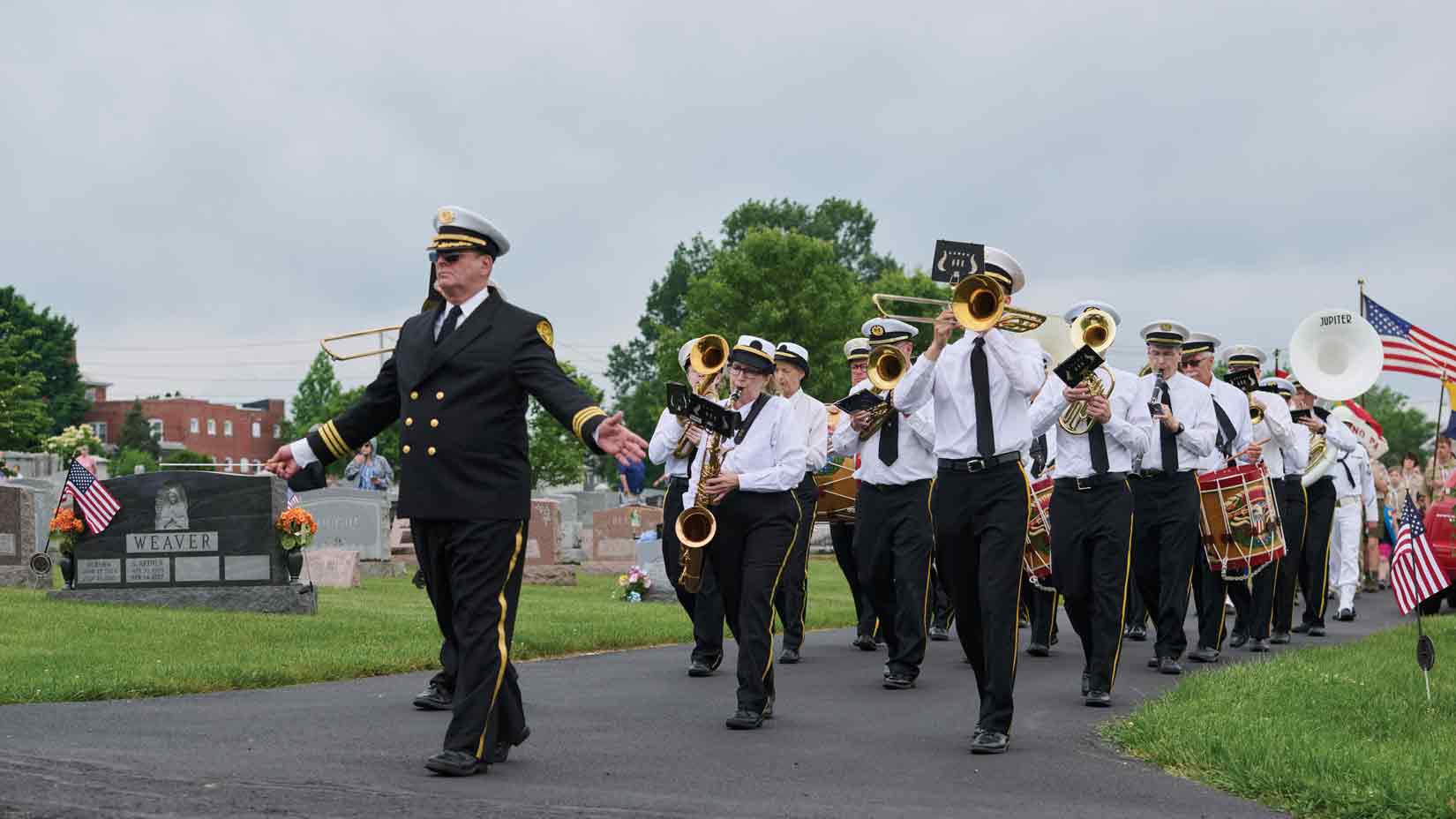
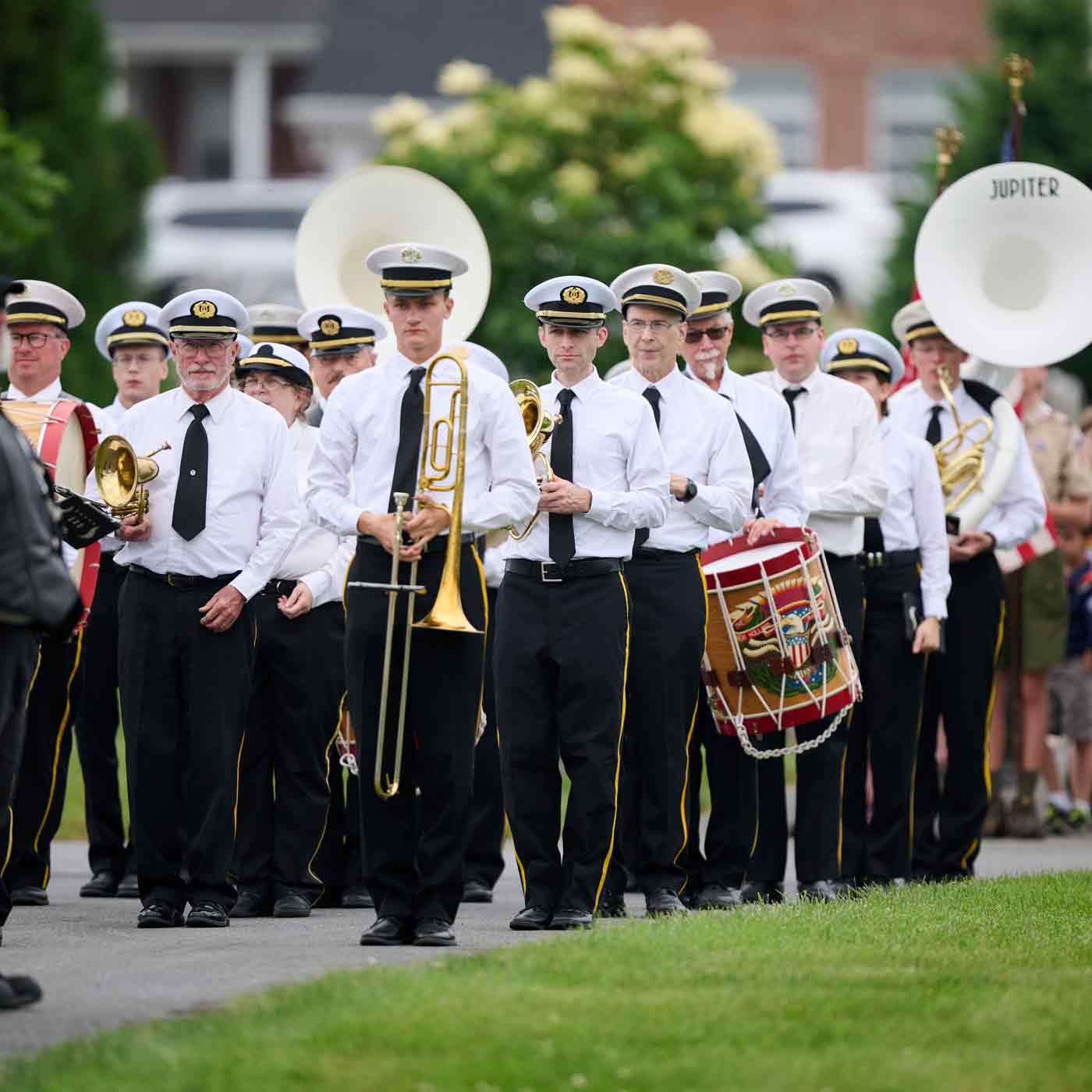
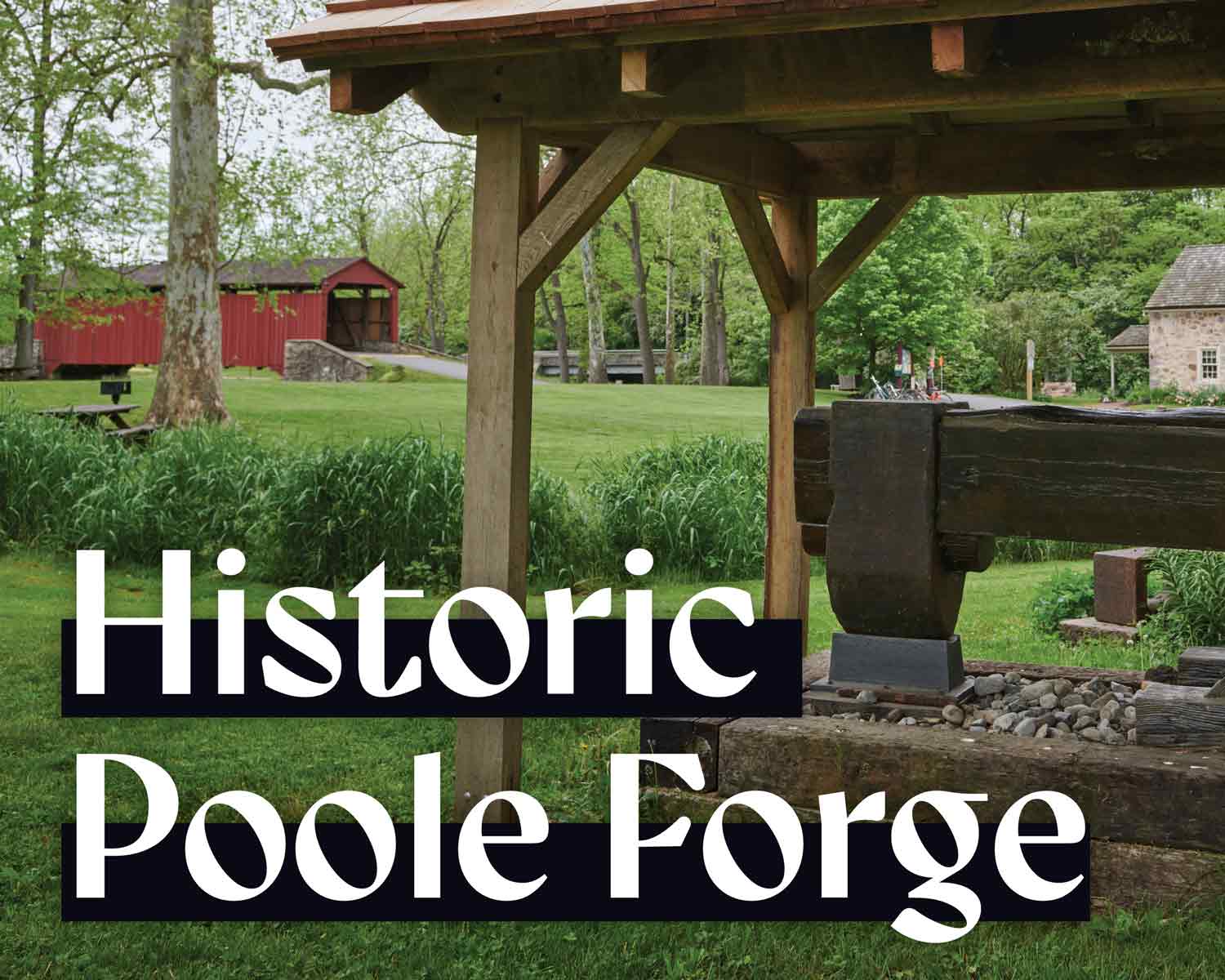
Leave a Reply